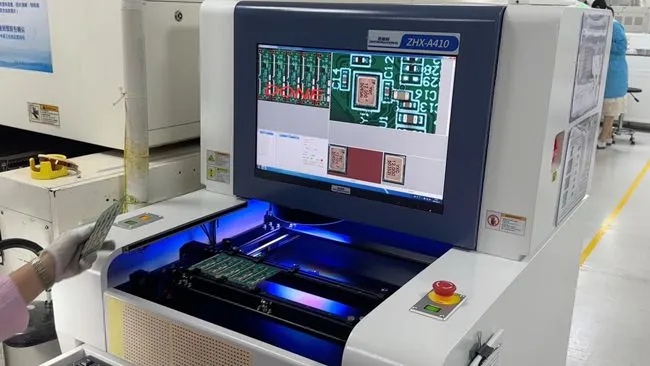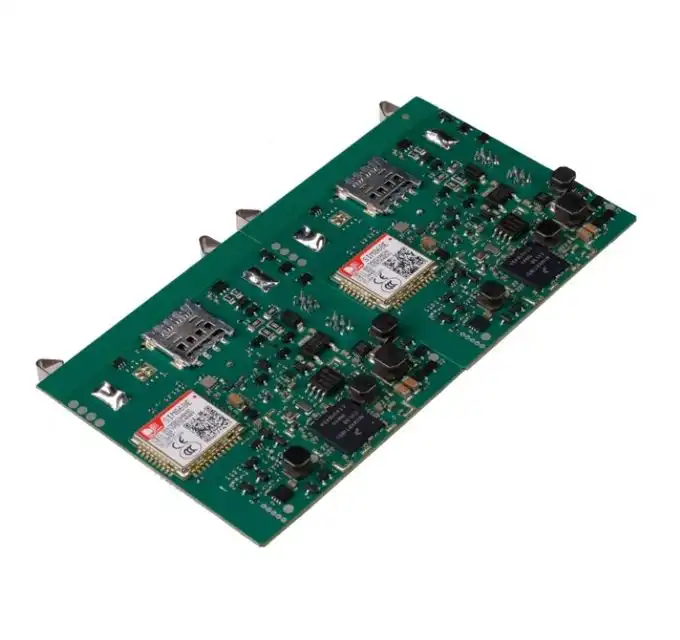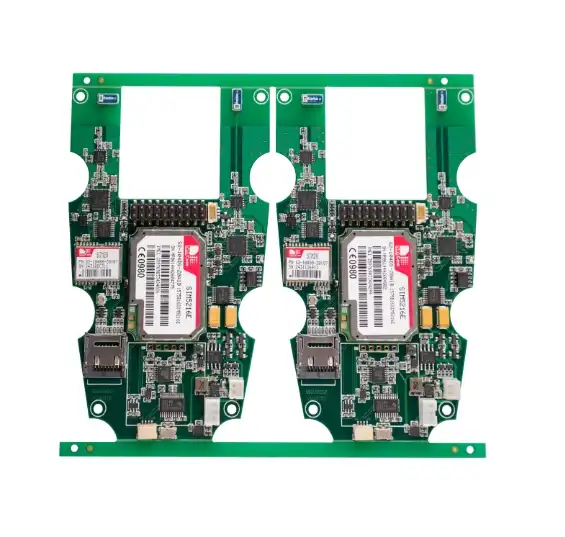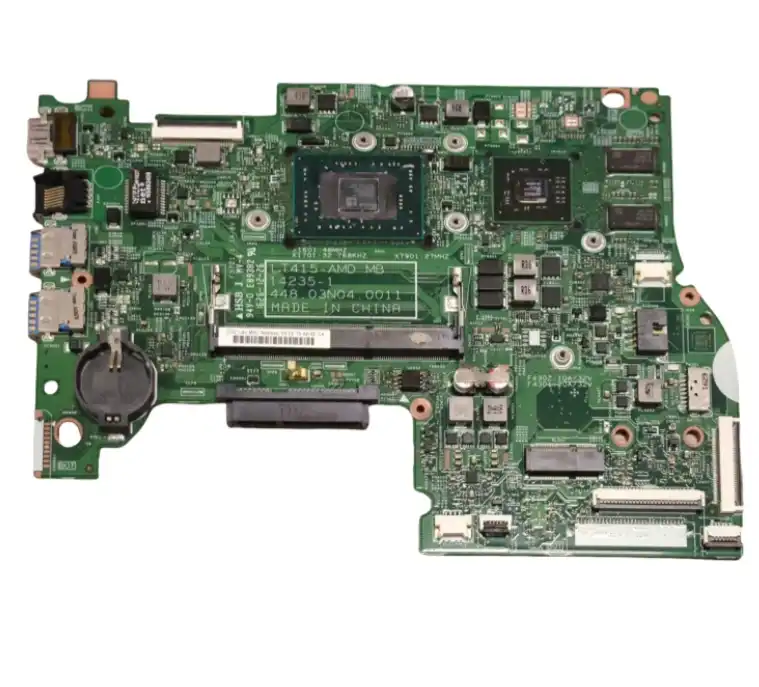Comprehending PCBA Quality Fundamentals
PCBA quality is a multifaceted concept that encompasses various aspects of the manufacturing process and the final product. At its core, PCBA quality refers to the degree to which a printed circuit board assembly meets or exceeds the specified requirements and standards. This includes not only the physical integrity of the board and its components but also its electrical performance and long-term reliability.
To truly grasp the importance of PCBA quality, it's essential to understand the intricate process of PCB assembly. This process involves mounting electronic components onto a bare printed circuit board, creating a functional electronic device. The quality of this assembly directly impacts the performance, reliability, and lifespan of the final product.
High-quality PCBAs are characterized by several key features:
- Precise component placement
- Excellent solder joint quality
- Proper alignment of all elements
- Absence of defects such as shorts, opens, or misaligned parts
- Consistent performance under various environmental conditions
These characteristics are crucial for ensuring that the assembled PCB functions as intended and maintains its performance over time. Poor PCBA quality can lead to a host of issues, including device malfunctions, reduced lifespan, and potential safety hazards in some applications.
The Impact of PCBA Quality on Product Performance
The quality of a PCBA has a direct and significant impact on the overall performance of the electronic product it powers. A high-quality PCBA ensures:
- Consistent and reliable functionality
- Improved product longevity
- Enhanced resistance to environmental stressors
- Better electrical performance with minimal signal interference
- Reduced likelihood of field failures and product returns
Conversely, poor PCBA quality can result in intermittent failures, reduced product lifespan, and increased susceptibility to environmental factors such as heat, humidity, and vibration. These issues not only affect the end-user experience but can also have significant financial implications for manufacturers in terms of warranty claims and product recalls.

Industry Standards and Certifications for PCBA Quality
To ensure consistent quality across the industry, several standards and certifications have been established for PCBA manufacturing. These include:
- IPC Standards: Developed by the Association Connecting Electronics Industries, these standards cover various aspects of PCB and PCBA manufacturing.
- ISO 9001: This international standard sets out the criteria for a quality management system.
- UL Certification: Underwriters Laboratories provides safety certifications for electronic components and assemblies.
- IATF 16949: Specific to the automotive industry, this standard ensures quality management in automotive part production.
Adherence to these standards and certifications is often a prerequisite for suppliers in many industries, particularly in sectors where reliability and safety are paramount, such as aerospace, medical devices, and automotive electronics.
Key Metrics for Evaluating PCBA Quality
Evaluating the quality of a PCBA requires a comprehensive approach that considers various metrics. These metrics provide quantifiable data on different aspects of the assembly, allowing for objective assessment and continuous improvement. Here are some of the key metrics used in PCBA quality evaluation:
Visual Inspection Metrics
Visual inspection is often the first line of defense in quality control. Key metrics in this category include:
- Solder Joint Quality: Assessing the shape, size, and appearance of solder joints.
- Component Placement Accuracy: Measuring the precision of component positioning.
- Surface Defects: Identifying scratches, dents, or other visible imperfections.
- Solder Bridging: Detecting unintended connections between solder joints.
Electrical Testing Metrics
Electrical testing ensures that the PCBA functions as intended. Important metrics include:
- Continuity and Isolation: Verifying proper connections and absence of shorts.
- Impedance Testing: Measuring the resistance, capacitance, and inductance of traces.
- Functional Testing: Assessing the PCBA's performance under operational conditions.
- Signal Integrity: Evaluating the quality of electrical signals through the board.
Reliability and Environmental Testing Metrics
These tests assess the PCBA's ability to withstand various environmental conditions:
- Thermal Cycling: Measuring performance under temperature fluctuations.
- Humidity Resistance: Assessing the board's resilience to moisture.
- Vibration Testing: Evaluating durability under mechanical stress.
- Salt Spray Testing: Determining corrosion resistance.
Production and Process Metrics
These metrics focus on the manufacturing process itself:
- First Pass Yield (FPY): The percentage of boards that pass all tests on the first attempt.
- Defects Per Million Opportunities (DPMO): A measure of the overall defect rate.
- Cycle Time: The time taken to complete the assembly process.
- Rework Rate: The percentage of boards requiring correction after initial assembly.
Advanced Techniques for PCBA Quality Assurance
As technology evolves, so do the methods for ensuring PCBA quality. Advanced techniques are now being employed to detect defects that may not be visible to the naked eye or identifiable through traditional testing methods. These sophisticated approaches provide a more comprehensive assessment of PCBA quality:
X-ray Inspection
X-ray inspection allows for non-destructive examination of PCBAs, revealing hidden defects such as:
- Voids in solder joints
- Misalignment of Ball Grid Array (BGA) components
- Internal structural issues in multi-layer boards
- Presence of foreign objects or contaminants
This technique is particularly valuable for inspecting complex, high-density boards where traditional visual inspection methods may be insufficient.
Automated Optical Inspection (AOI)
AOI systems use high-resolution cameras and advanced image processing algorithms to detect surface defects quickly and accurately. Benefits of AOI include:
- High-speed inspection capabilities
- Consistency in defect detection
- Ability to inspect fine-pitch components
- Reduction in human error during inspection
In-Circuit Testing (ICT)
ICT involves using a bed-of-nails fixture to make contact with specific points on the PCBA, allowing for comprehensive electrical testing. This method offers:
- Rapid testing of individual components
- Ability to detect manufacturing defects such as opens, shorts, and wrong components
- High test coverage for complex boards
- Immediate feedback for process improvement
Boundary Scan Testing
Also known as JTAG testing, this method is particularly useful for testing complex, high-density boards. It offers PCBA quality assurance by enabling accurate fault detection and reliable performance validation.
- Access to pins that are not physically accessible
- Ability to test interconnections between components
- Reduced need for extensive test fixtures
- Compatibility with modern, densely packed PCBAs
Statistical Process Control (SPC)
SPC involves the use of statistical methods to monitor and control the manufacturing process. Benefits include:
- Early detection of process deviations
- Continuous improvement of manufacturing processes
- Reduction in variability and defects
- Data-driven decision making for quality improvements
By implementing these advanced techniques, manufacturers can achieve higher levels of PCBA quality, ensuring that even the most complex assemblies meet stringent performance and reliability standards.
Conclusion
Evaluating PCBA quality is a critical process that requires a comprehensive approach, considering various metrics and employing advanced inspection techniques. By focusing on visual inspection, electrical testing, reliability assessments, and production metrics, manufacturers can ensure their PCBAs meet the highest standards of quality and performance. As technology continues to advance, staying updated with the latest quality assurance methods is crucial for producing reliable and high-performing electronic products.
For those seeking a trusted PCBA manufacturer and supplier, it's essential to partner with a company that prioritizes quality at every stage of production. Look for PCBA suppliers who implement rigorous quality control measures, utilize advanced inspection techniques, and adhere to industry standards. By choosing the right PCBA manufacturer, you can ensure that your electronic products are built on a foundation of quality and reliability.
FAQ
What are the most critical factors in PCBA quality?
The most critical factors include solder joint quality, component placement accuracy, electrical performance, and overall reliability under various environmental conditions.
How often should PCBA quality be evaluated?
PCBA quality should be evaluated continuously throughout the production process, with final inspections and testing conducted on each completed assembly.
Can PCBA quality impact product lifespan?
Yes, high-quality PCBAs typically lead to longer product lifespans due to better reliability and resistance to environmental stressors.
Expert PCBA Quality Assurance Services | Ring PCB
Ring PCB offers top-tier PCBA quality assurance services, leveraging our 17 years of industry expertise and state-of-the-art facilities. Our team of over 500 professionals, including R&D specialists and skilled technicians, ensures the highest standards of PCBA quality. We employ advanced inspection techniques and adhere to international certifications like ISO9001 and IATF16949. For unparalleled PCBA quality and reliability, choose Ring PCB as your trusted manufacturer and supplier. Contact us at [email protected] to elevate your electronic products.
References
1. Smith, J. (2022). "Advanced Techniques in PCBA Quality Evaluation". Journal of Electronics Manufacturing, 15(2), 78-92.
2. Johnson, A. et al. (2021). "Comparative Analysis of PCBA Quality Metrics". IEEE Transactions on Electronics Packaging Manufacturing, 44(3), 301-315.
3. Brown, R. (2023). "The Impact of PCBA Quality on Product Reliability". International Journal of Quality & Reliability Management, 40(1), 45-60.
4. Lee, S. and Park, K. (2022). "Innovations in Automated Optical Inspection for PCBA Quality Control". Robotics and Computer-Integrated Manufacturing, 73, 102231.
5. Wilson, M. (2021). "Statistical Process Control in PCBA Manufacturing: A Case Study". Total Quality Management & Business Excellence, 32(5-6), 589-605.





